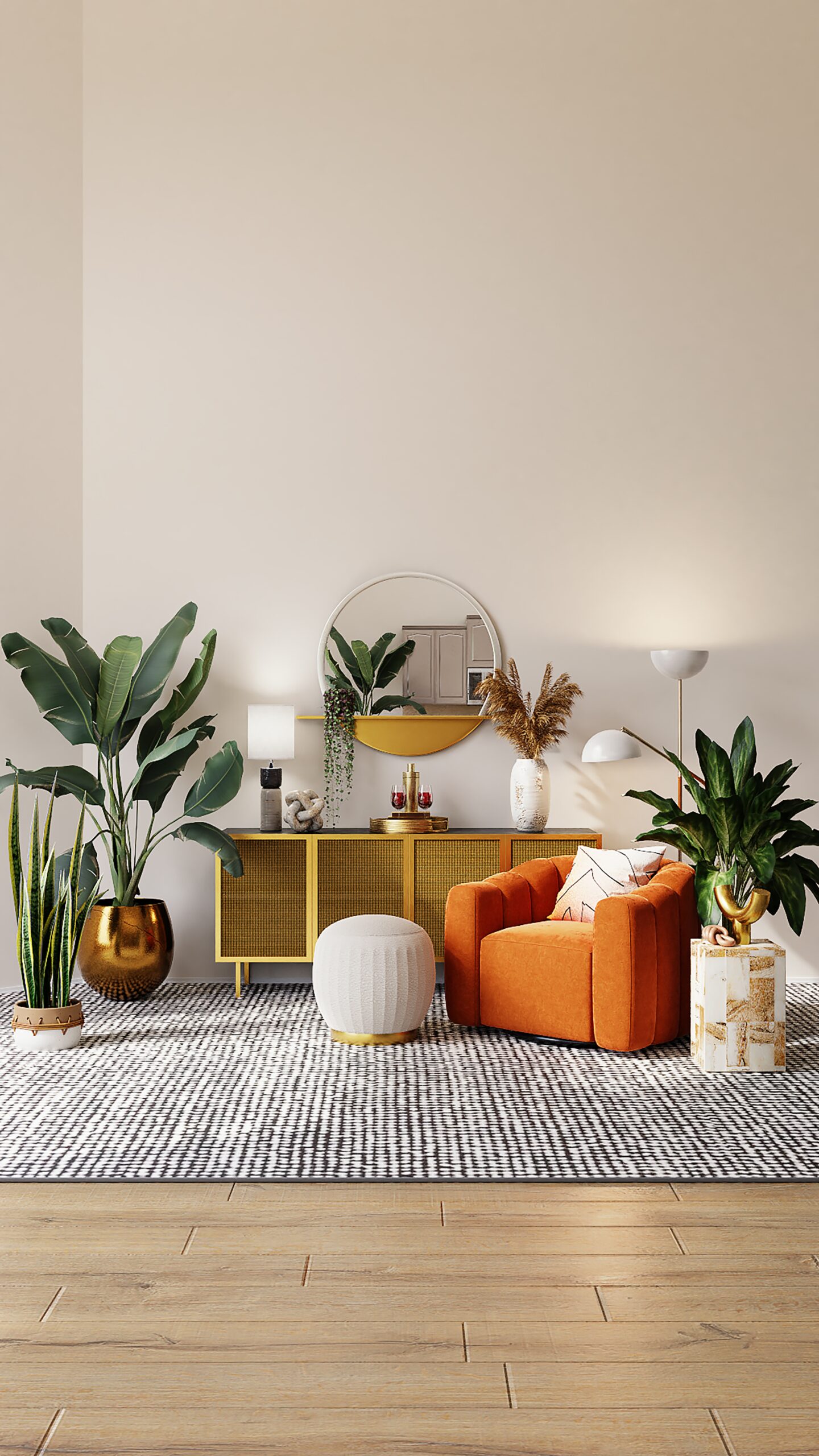The Evolution of Interiors with Technology
In today’s digital age, technology has become an integral part of our lives. It has not only transformed the way we work and communicate but has also revolutionized the way we design and experience our living spaces. From smart homes to connected offices, technology has opened up a world of possibilities for innovative tech-integrated interiors concepts.
Smart Homes: The Future of Living
Imagine walking into your home and being greeted by the perfect lighting, your favorite music playing in the background, and the temperature set to your preferred level. This is the reality of a smart home, where technology seamlessly integrates with our living spaces to enhance comfort, convenience, and security.
Smart home devices such as voice-controlled assistants, smart thermostats, automated lighting systems, and security cameras are just a few examples of how technology is transforming our homes. These devices can be controlled remotely through smartphones or connected to a central hub, allowing homeowners to monitor and manage their homes with ease.
Connected Offices: Redefining the Workplace
Technology has also made its way into the corporate world, redefining the way we work and collaborate. Connected offices leverage technology to create a seamless and efficient work environment, enhancing productivity and employee satisfaction.
One of the key components of a connected office is the integration of smart devices and IoT (Internet of Things) technology. This allows employees to control various aspects of their workspace, such as lighting, temperature, and even desk height, to create a personalized and comfortable working environment.
Collaboration is also greatly enhanced through tech-integrated interiors concepts. Interactive whiteboards, video conferencing systems, and digital project management tools enable teams to work together seamlessly, regardless of their physical location. This not only saves time and resources but also promotes innovation and creativity.
Virtual Reality and Augmented Reality: Transforming the Design Process
When it comes to interior design, technology has revolutionized the way we visualize and create spaces. Virtual reality (VR) and augmented reality (AR) have become powerful tools in the design process, allowing designers and clients to experience and interact with spaces before they are built.
With VR, designers can create immersive 3D environments that provide a realistic representation of the final design. Clients can walk through the space, change materials and colors, and get a sense of the scale and proportions. This not only helps in making informed design decisions but also saves time and money by reducing the need for physical prototypes.
AR, on the other hand, overlays virtual elements onto the real world, allowing designers to visualize how furniture, lighting, and other elements will look in a space. This enables clients to see how different design choices will impact the overall aesthetics and functionality of the space.
The Future of Tech-Integrated Interiors
As technology continues to advance at a rapid pace, the possibilities for tech-integrated interiors concepts are endless. From smart appliances and furniture to personalized AI assistants, the future of interior design is set to be even more innovative and interactive.
However, it is important to strike a balance between technology and human-centric design. While technology can greatly enhance our living and working spaces, it should never overshadow the importance of comfort, functionality, and aesthetics. The key is to seamlessly integrate technology into our interiors, creating spaces that are not only technologically advanced but also visually appealing and user-friendly.
In conclusion, innovative tech-integrated interiors concepts have transformed the way we design and experience our living and working spaces. Smart homes, connected offices, virtual reality, and augmented reality are just a few examples of how technology has revolutionized interior design. As we look towards the future, it is essential to embrace technology while keeping human-centric design principles at the forefront.




